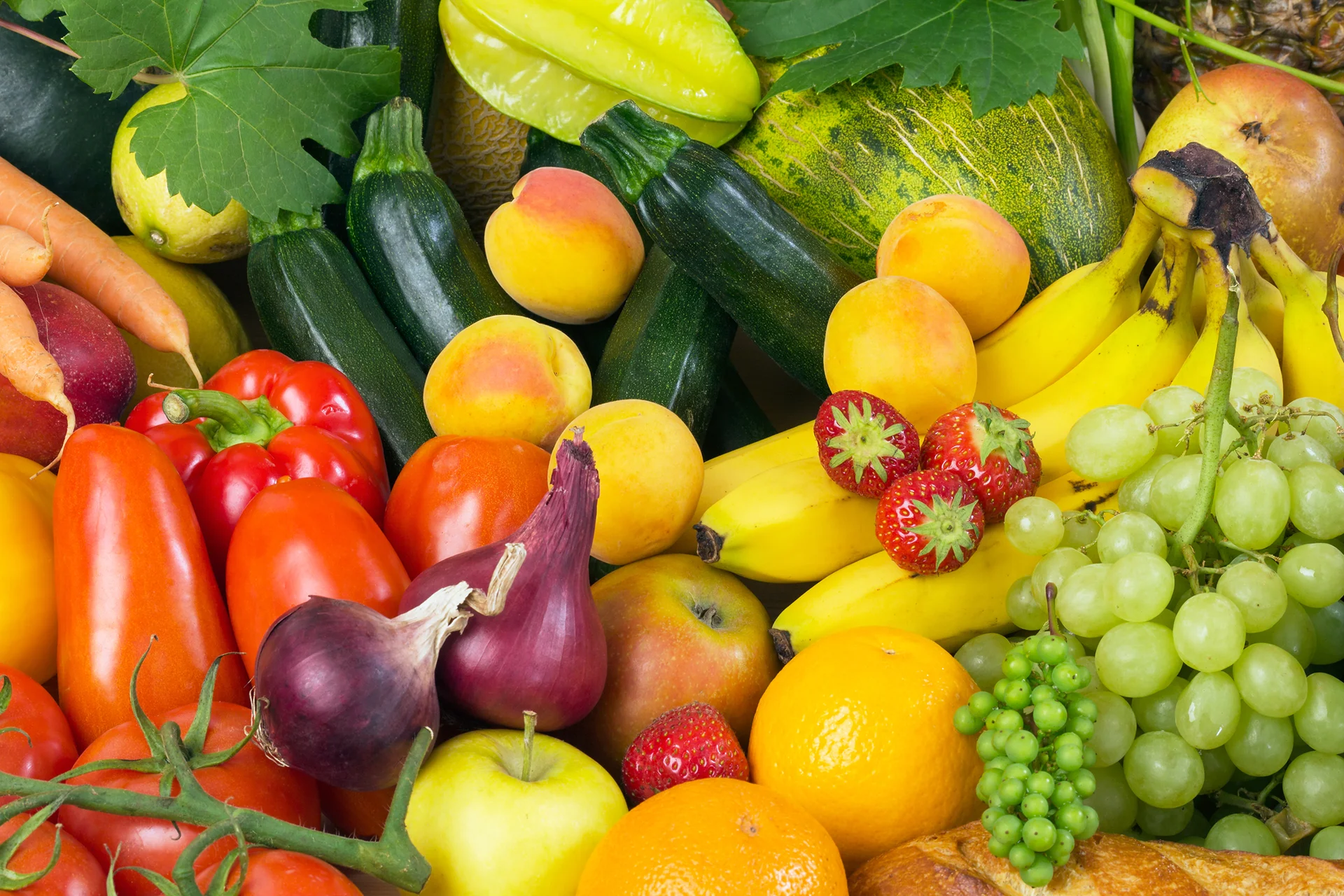The Power Combo of Quercetin and DAO Enzymes
Heard of quercetin? Think of it as nature’s multivitamin, a powerhouse flavonol found in many of the foods we eat. It’s got this knack for wrestling with free radicals, thanks to its stellar antioxidant chops.
The Flavonoid Called Quercetin
Quercetin belongs to a group of polyphenol antioxidant compounds in plants called flavonoids. It’s categorized specifically as a flavonol, and it’s the most abundant flavonoid found in the human diet.
Structurally, quercetin consists of two aromatic rings linked together by a 3-carbon “C6-C3-C6” backbone.
The multiple hydroxyl groups on its rings give quercetin potent antioxidant activity that helps scavenge damaging free radicals. It also allows quercetin to positively interact with cell signaling pathways and enzymes.
While quercetin is not considered an essential nutrient, it provides a wide array of health benefits:
- Cardioprotective effects like reduced LDL oxidation and blood pressure
- Neuroprotective properties that may slow neurodegeneration
- Anti-diabetic actions by lowering blood sugar levels
- Anti-cancer activity through apoptotic and anti-proliferative mechanisms
- Anti-viral, anti-bacterial, and anti-parasitic qualities
- Allergy and asthma relief by stabilizing mast cells
- Gut health promotion through interactions with microbiota
- Enhanced athletic performance and endurance
The anti-inflammatory and antioxidant activity of quercetin is especially notable. Chronic low-grade inflammation is at the root of most modern diseases, and quercetin can help prevent inflammatory damage.
Quercetin, Histamine Intolerance, and Diamine Oxidase
The Nature and Role of Histamine
Histamine is derived from the amino acid L-histidine, and it has neurotransmitter functions in the brain plus immune mediator roles in the gut, lungs, skin, and throughout the body. It supports circulation, secretion of gastric acid, mucus production, and other vital processes when balanced properly.
How Histamine Imbalance Occurs
The problem arises when too much histamine accumulates outside of cells in your blood plasma. This occurs either from:
- Mast cells and basophils releasing a flood of histamine in response to allergens or inflammation
- Impaired breakdown of histamine due to low DAO enzyme levels/activity
- Increased intake of dietary histamine through foods like aged cheeses, fermented items, cured meats, alcohol, smoked fish, chocolate, tomatoes, spinach, and more
Symptoms of Histamine Intolerance
When extracellular histamine is elevated, it can stimulate H1 or H2 histamine receptors and cause “histamine Intolerance”.
You might notice:
- Skin reactions like hives, itching, and redness.
- Neurological symptoms like headaches or migraines.
- Cardiovascular issues such as hypotension and altered heart rate.
- Digestive discomforts including abdominal pain and nausea.
- Respiratory concerns, potentially asthma.
- Psychological symptoms such as anxiety and dizziness.
The Protective Role of DAO
DAO (diamine oxidase) is the main enzyme that degrades histamine, preventing it from accumulating outside of cells. It’s produced by intestinal epithelial cells, as well as by your placenta, kidneys, uterus, prostate, and seminal vesicles. DAO breaks down ingested histamine before it can be absorbed from your GI tract.
Complications from DAO Dysfunction
Problems arise when DAO is deficient or its activity is hindered. Genetic mutations, intestinal permeability, pregnancy, certain medications, alcohol, gut infections, and inflammatory bowel disease can all lower DAO activity.
When DAO is impaired, excess histamine gets absorbed into circulation – causing widespread symptoms.
Quercetin’s Dual Impact
However, there’s a caveat: quercetin might momentarily curb DAO activity. This means an initial spike in histamine intolerance symptoms could be possible.
The good news is that quercetin does not permanently destroy DAO or limit your body’s capacity to produce DAO. And its mast cell stabilizing effects counteract its DAO inhibition, leading to an overall net positive impact on histamine intolerance.
Quercetin’s Effects on Histamine, Inflammation & Immunity

Quercetin is truly a jack of all trades when it comes to influencing molecular pathways. Some of its main mechanisms include:
| Property/Action | Description/Effect |
| Antioxidant activity | Quercetin donates electrons to neutralize reactive radicals like hydrogen peroxide that damage cells. Its potent antioxidant effects are comparable to vitamins C and E. |
| Enzyme modulation | Quercetin inhibits certain enzymes that drive inflammation, like cyclooxygenase (COX), lipoxygenase (LOX), and xanthine oxidase. It also activates cytoprotective enzymes like glutathione peroxidase. |
| Cell signaling effects | Quercetin blocks pro-inflammatory cytokines like NF-kB while inducing anti-inflammatory cytokines like IL-4. This modulates immune function. |
| Anti-allergy stabilization of mast cells | Quercetin prevents degranulation and release of histamine from basophils and mast cells when activated by IgE immunoglobulin. |
| Increased histamine methylation | Quercetin may enhance the S-adenosylmethionine-dependent N-methyltransferase enzyme which deactivates histamine. |
| Prevents histamine release by mast cells | Quercetin blocks recruitment of mast cell precursors, helping regulate appropriate amounts of protective mast cells in tissues. |
The result of these varied mechanisms? Quercetin can essentially “reset” dysregulated inflammatory responses and immune function.
It calms things down when they are over-activated, but stimulates them when they are suppressed. This helps restore optimal homeostasis and regulation of histamine levels.
How to Supplement with Quercetin
Source and Forms of Quercetin
When purchasing quercetin as a supplement, it is usually derived from the Sophora japonica plant. Common oral forms available are:
- Quercetin capsules: often mixed with bromelain or vitamin C
- Quercetin softgels: dissolved in oils for better absorption
- Quercetin powder
Recommended Dosage
The typical therapeutic dosage of quercetin ranges from 500mg to 1000mg per day. This dose has been found in studies to provide anti-inflammatory, anti-allergy, and immune-enhancing effects. Always follow label directions or your healthcare provider’s guidance when supplementing.
Enhancing Quercetin Absorption
For best results, pair quercetin with these compounds:
- Bromelain: This enzyme from pineapples can increase the bioavailability of quercetin up to 20-fold. Bromelain also has its own anti-inflammatory benefits.
- Vitamin C: Ascorbic acid boosts the antioxidant activity of quercetin and recycles it after quercetin scavenges free radicals.
- Bioflavonoids: Taking quercetin with citrus bioflavonoids like hesperidin or rutin can provide synergistic reactions.
- Piperine: The active compound in black pepper can enhance the absorption of quercetin significantly.
- Sunflower lecithin: Lecithin can form micelles that can solubilize fat-soluble quercetin and improve bioavailability.
- Fatty acids: Pairing quercetin with omega-3s or olive oil can allow it to cross cell membranes more readily.
- Probiotics: Friendly gut bacteria like Lactobacillus and Bifidobacterium can aid the absorption and conversion of quercetin into active metabolites.
Dietary Considerations
To prevent an amplification of symptoms, steer clear of high histamine foods initially. Adopt a low-histamine diet that excludes items such as aged cheeses, pickled foods, alcohol, smoked fish, and certain vegetables.
Supplementation Cycle
For long-term use, cycle your quercetin intake: 2 weeks on, followed by 2 weeks off. This approach helps avoid enzyme saturation and potential side effects. Also, ensure there’s a 4-hour gap between taking quercetin and any medications due to possible metabolism alterations.
Precautions, Risks, and Side Effects
Consult with a healthcare professional before starting quercetin, especially if you have certain medical conditions or take specific medications.
While side effects like headaches and upset stomach are minor and tend to subside quickly, always monitor your body’s reactions. Maintenance doses of quercetin are generally safe when consumed in moderation.
Transform Your Health with SeeBeyond

At SeeBeyond Shop, we’re passionate about your health and well-being. We understand the complexities of histamine intolerance and are here to guide you through the benefits of quercetin.
Our team of experts can provide personalized advice to help optimize your quercetin intake for maximum benefits. Check out our advanced solutions like DAOHist, specially designed to regulate the symptoms of excess histamine.
When combined with quercetin, DAOHist offers prompt relief, enabling your body to harmoniously adapt over time. Together, we can address food sensitivities, allergies, and other related health concerns, ensuring you achieve optimal health.
